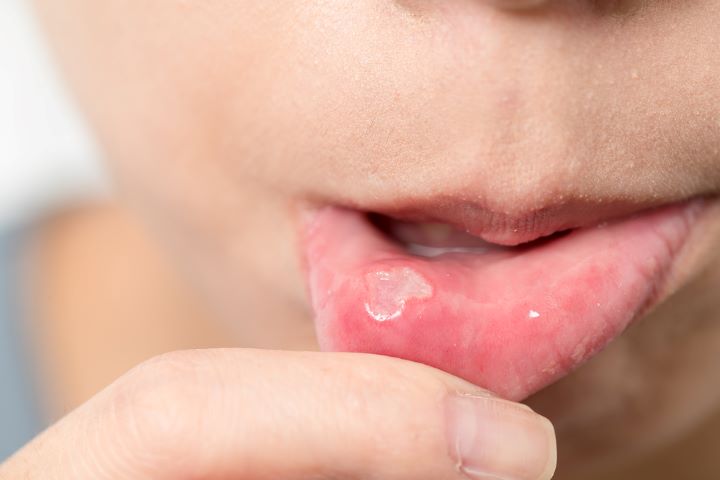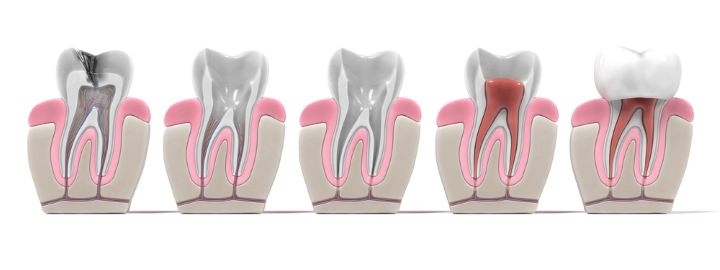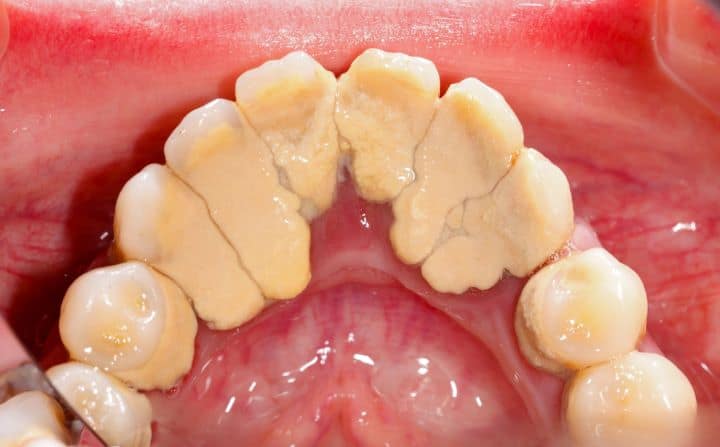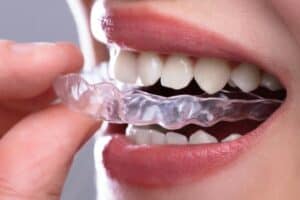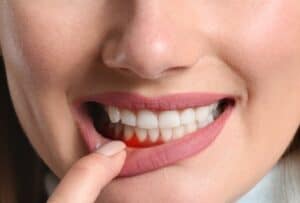The average human is born with 20 baby teeth that erupt gradually as the child grows and develops.
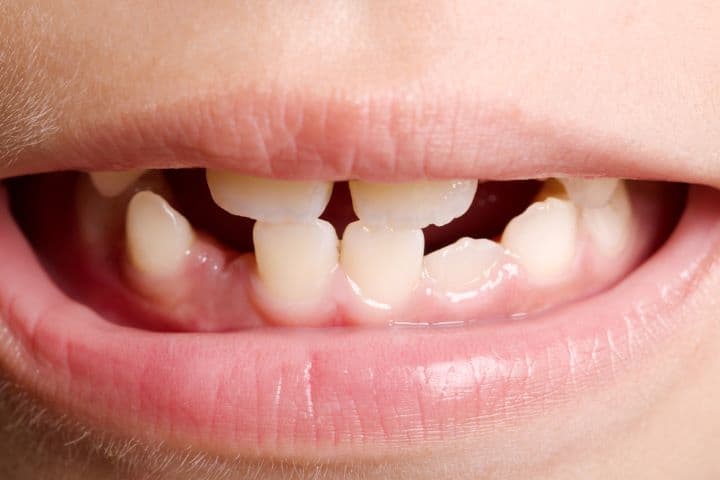
Eventually, these baby teeth, known as deciduous teeth are replaced by 32 adult or permanent teeth, including four wisdom or third molar teeth.
Typically, all adult teeth are fully erupted by the time an individual turns 21 years of age. However, some may have their wisdom teeth come in later in life or not at all. Therefore, it is completely normal for adults to have only 28 teeth in their mouths.
But did you know that some people have fewer than 28 teeth? This condition is known as hypodontia or missing teeth, in layman’s terms.
Read on to uncover the mysteries of this peculiar dental condition and how, at times, it may affect your child’s general development.
What is hypodontia?
Hypodontia is a developmental abnormality characterized by the absence of teeth (one or more teeth are missing, excluding the wisdom teeth). It is a congenital condition, which means that you’re most likely born with it.
It can affect primary teeth as well as permanent teeth. Although this condition does not necessarily cause the abnormal formation of the teeth, some people with hypodontia may have smaller teeth than normal, a condition called microdontia.
Prevalence of hypodontia
Excluding third molars, researchers estimate that 3 to 10% of the general population is born with at least one missing tooth, making it one of the most common dental anomalies. This condition has not been found to have any evident gender predisposition.
The prevalence of hypodontia of the permanent teeth is reportedly also varied by ethnicity. One study reported cases of missing teeth in 4.5% of Caucasians, 3.2% of Asians, 2.9% of African Americans, and 1.7% of Hispanics.
What teeth are most commonly missing?
One to six teeth can be missing in this condition. It can occur anywhere in the mouth. But, the most commonly missing permanent teeth in individuals with hypodontia, excluding third molars are:
- Upper lateral incisors
- Upper second premolars
- Lower second premolars
Hypodontia of the permanent lateral incisors and premolars are commonly associated with other abnormalities of the body and will require multidisciplinary treatment.
In deciduous dentition, the most frequently missing teeth include upper lateral incisors and lower central incisors which account for 50 to 90% of affected deciduous teeth.
Types of hypodontia
Hypodontia may manifest in varying degrees, ranging from the absence of a single tooth to the abnormal non-development of all teeth.
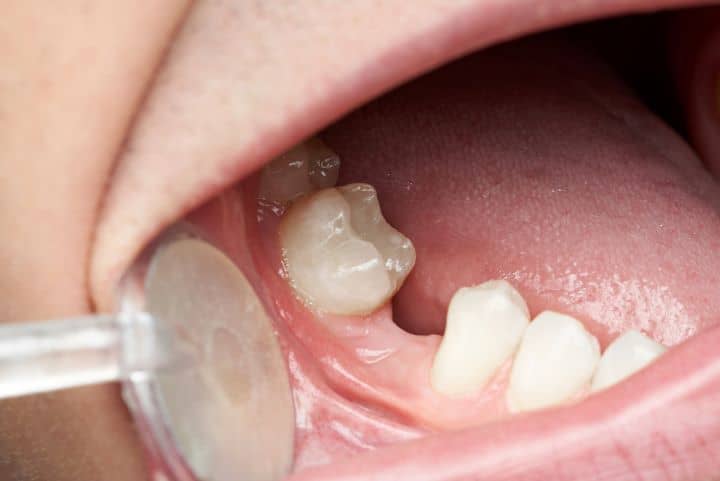
Congenitally missing teeth (CMT)
CMT is the most common form of hypodontia and is characterized by the congenital absence of teeth, particularly deciduous teeth. Children affected with this condition are missing primary teeth since birth.
Tooth Agenesis or Hypodontia
Tooth agenesis is a broad term used to define any condition where there are congenitally missing permanent teeth, often fewer than six adult teeth. The agenesis of teeth can be an oral manifestation of a much larger problem.
Conditions like ectodermal dysplasia, cleft lip, cleft palate, Down syndrome, and Van der Woude syndrome have been reportedly associated with the absence of a certain number of teeth.
Oligodontia
Adult patients with oligodontia are missing six or more teeth, excluding the wisdom teeth. This is a severe form of tooth absence.
Anodontia
In this condition, the patient does not develop any teeth at all.
Additionally, hypodontia can also be classified as either syndromic or non-syndromic hypodontia. In the former, it can occur as part of a syndrome, whereas the latter can occur as an isolated trait or having a familial origin.
Causes of hypodontia
The most common cause of hypodontia is heredity or family history. However, other factors like environmental or developmental may contribute to hypodontia too.
Genetic factors
Hypodontia appears to have a substantial hereditary component. Genetic mutations are commonly linked with hypodontia. The genes responsible for this condition include genes WNT1OB, EDA, EDAR, and EDARADD.
It is common to see hypodontia in families due to gene variations passed down from generation to generation. The four main inheritance patterns are:
- Autosomal dominant: Only one copy of an abnormal gene from either biological parent can result in tooth agenesis
- Autosomal recessive: Two copies of an abnormal gene, one from each biological parent can result in hypodontia.
- X-linked dominant: There is one dominant abnormal gene on the X chromosome.
- X-linked recessive: There are one to two recessive genes on the X chromosome.
Environmental factors
Research also credits the impact of environmental factors on hypodontia manifestation. Exposure to harmful substances like drugs or poisons like polychlorinated biphenyls (PCBs) during pregnancy is a chief factor that is attributed to causing this condition.
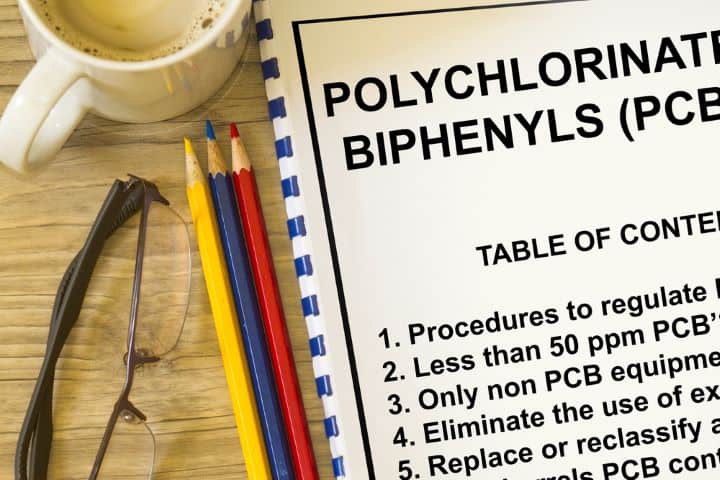
Other risk factors for hypodontia include radiotherapy in the region of tooth formation, chemotherapy hormonal disturbances, local trauma, or iatrogenic removal of developing teeth.
Developmental factors
The primary teeth act as shoo-ins for the permanent teeth until the right time arises. However, sometimes the development of mammalian teeth is interrupted. Hypodontia in humans results from a problem with the dental lamina – a band of tissues under the gums where the teeth form.
While genetic or environmental factors can mostly cause this condition, hypodontia can occur alongside other conditions as well, such as:
- Cleft lip or palate
- Genetic conditions like Down syndrome or ectodermal dysplasia
- Low birth weight
- Infectious diseases like rubella or candida
Symptoms of dental anomalies associated with hypodontia
The most common symptom in patients presenting with hypodontia is being born with missing teeth. There are also some other anomalies of teeth associated with hypodontia that are commonly seen in people with hypodontia:
- Hypodontia and microdontia (small peg-shaped teeth)
- Palatally impacted upper canines
- Delayed exfoliation of deciduous teeth
- Primary molars erupting below the adjacent teeth (infra occlusion)
- Teeth fully or partially rotated
- Interchanged position of teeth (transposition)
- Gaps and spaces between teeth
- Abnormal or insufficient growth of teeth and jaws
Problems associated with hypodontia or missing teeth
Hypodontia is most frequently observed in permanent dentition as compared to primary dentition. Since teeth play a significant role in speech, aesthetic appearance, and chewing, it is plausible that hypodontia may pose functional limitations in day-to-day life.
One study found that hypodontia in permanent dentition was associated with unfavorable oral health-related quality of life, with pain and discomfort being the top two complaints from participants associated with hypodontia.
Missing teeth can affect your ability to chew, talk, or smile normally. Additionally, it can also cause gum damage and insufficient bone growth in patients with severe hypodontia.
How do Dental Health Experts Diagnose Hypodontia?
Hypodontia is most commonly diagnosed during childhood by parents who are alerted to their child’s missing teeth. If the dentist suspects hypodontia, they take dental X-rays of your teeth.
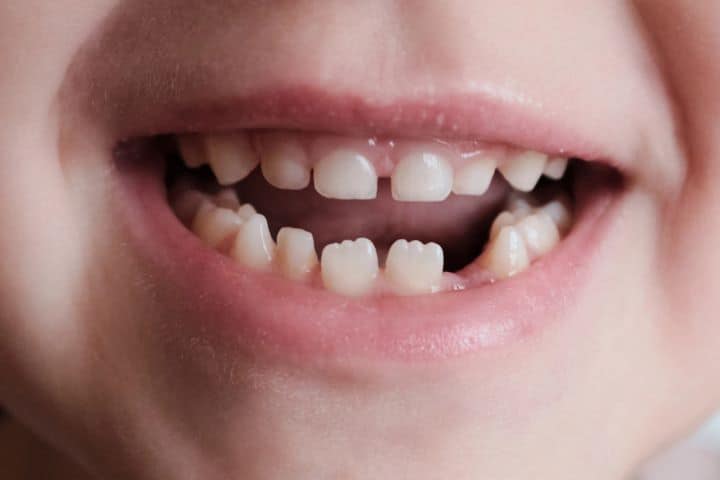
Through the x-rays, the dentist may confirm one or several teeth missing. Other signs like small, peg-shaped teeth or unusual spacing between the teeth may allow your dentist to diagnose you with this condition during your exam.
Treatment options & Management of Hypodontia
Fortunately, there are several effective ways to treat hypodontia depending on the number of missing teeth. These include implants, dental prosthetics, and orthodontic treatment.
Extraction
In cases where there are abnormally small teeth or retained primary teeth, the treatment process begins with the extraction of the teeth. Retained teeth can cause crowding and prevent the eruption of permanent teeth. A simple extraction under local anesthetic is done.
Dental braces (Orthodontic treatment)
Patients with hypodontia can also benefit from orthodontic treatment following the removal of supernumerary or extra teeth. Unusual spaces between teeth can be corrected with the help of dental braces.
Realigning teeth with the help of braces is important to enhance the health of teeth affected by hypodontia.
Dental bridges
You may consider opting for dental bridges if several of your consecutive teeth are missing. By using your adjacent teeth as anchors, the dentist can install filler teeth in the space between. This is an affordable and quick treatment for patients with missing teeth.
Dental implants
A dental implant is a tiny metal screw that is surgically inserted into your jawbone, upon which a dental crown is placed. It is a permanent fixture implanted onto your bone with a success rate of about 97%.
This treatment option is most suitable for patients with congenitally absent teeth where the patient’s jaws and facial bones have finished developing.
Removable partial dentures
Restorative management of hypodontia can also be done using dentures.
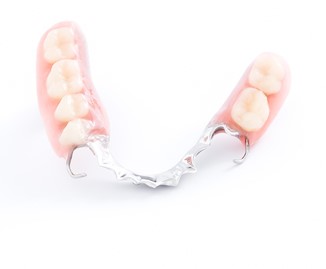
Dentures are removable replicas of your teeth and can be used to fill gaps between teeth and to help with chewing and speaking for the patients’ missing teeth.
Conclusion
The impact of hypodontia is immense, especially on children. If you are suffering from this dental condition, it is best to visit your dentist sooner than later. Your dental professional can formulate a treatment plan that best suits your needs.
Whether you are missing one tooth, have retained baby teeth, or if your child is missing six or fewer teeth, the good news is that hypodontia is treatable.
You are only one phone call away from restoring your smile, quality of life, and confidence. Contact your dental service provider today to explore your options.
FAQs
Am I at risk of inheriting congenitally missing teeth?
According to various reviews of prevalence and etiology, all forms of hypodontia have been proposed to have some genetic component.
Since there is a strong correlation associated between hypodontia and familial history, you’re likely to have hypodontia if your parents have been diagnosed with it too
Can I prevent hypodontia?
Because of its genetic predisposition, hypodontia is usually not something you can prevent. However, this does not guarantee that you’ll pass it down to your children.
When is it the right time to consult a dental service provider if my child is missing their teeth?
It is a good time to take your child to the dentist if his or her first teeth do not erupt by age 4 or permanent teeth by age 14. Dentists encourage parents to observe the number of teeth in their children ’s mouths. So, you can book an appointment if you notice any missing teeth.

